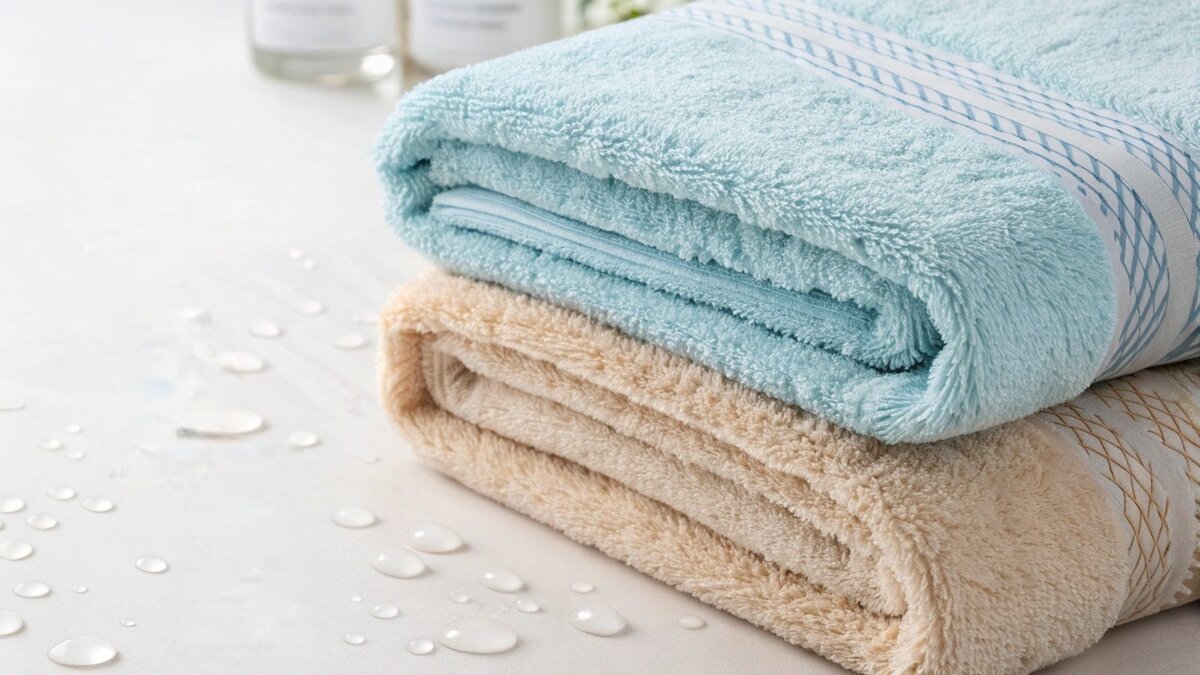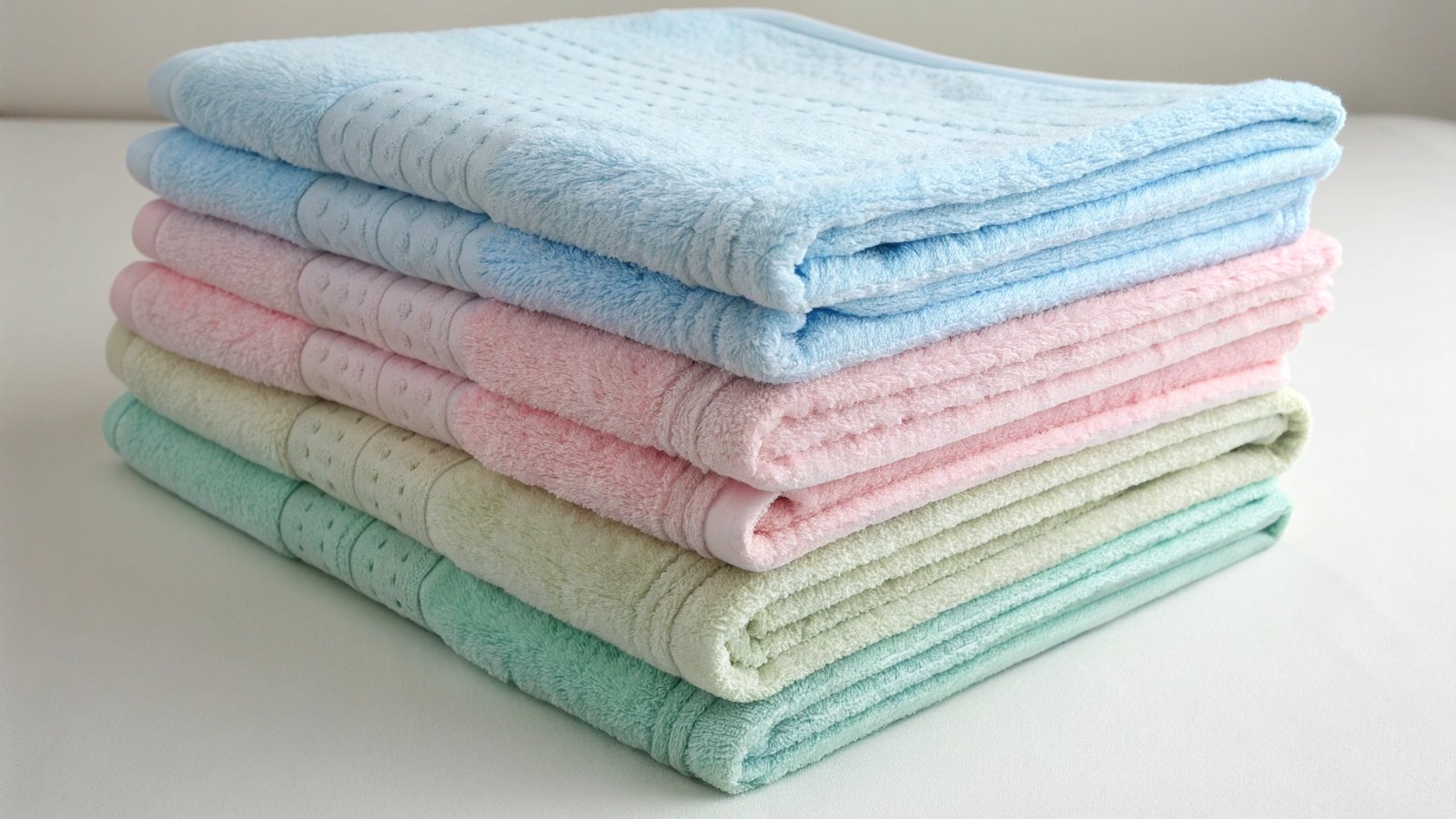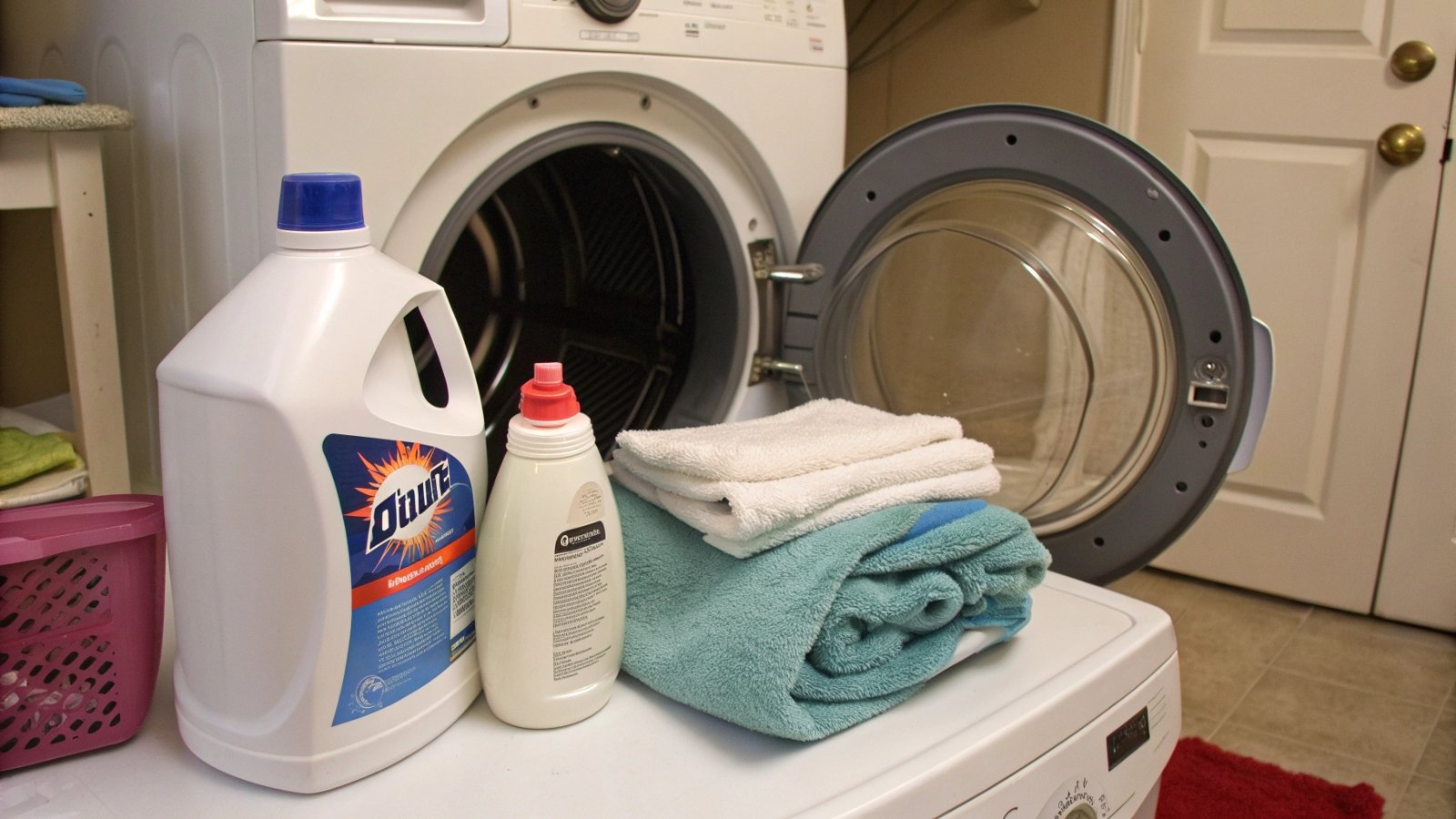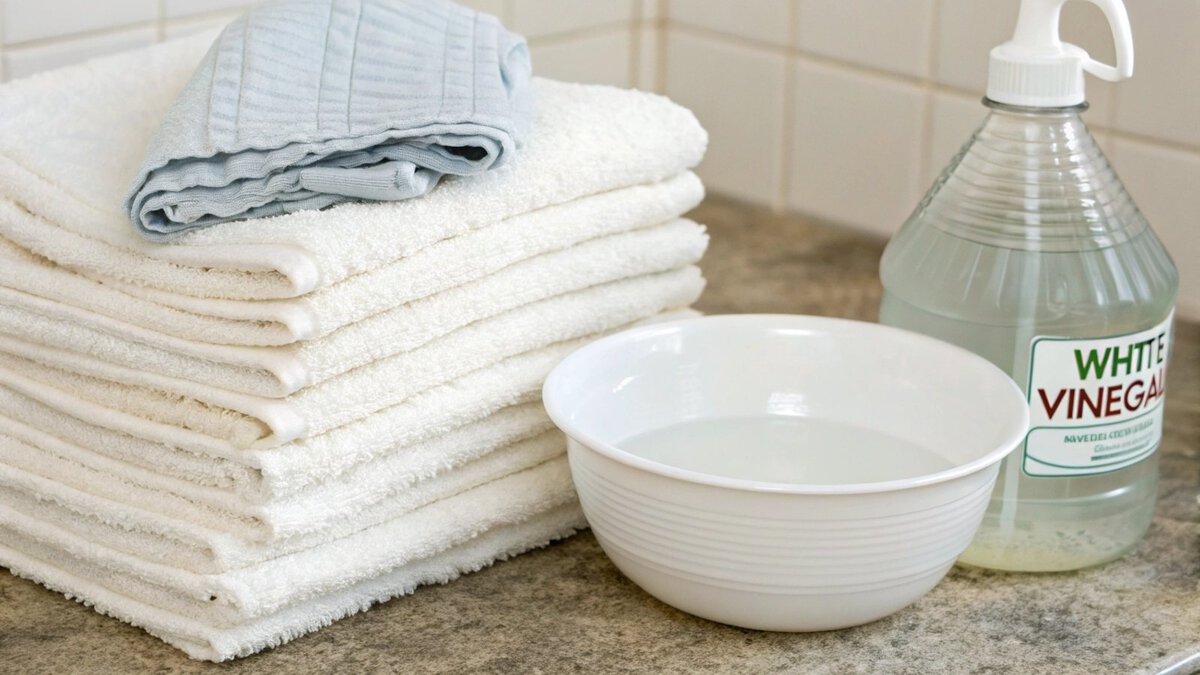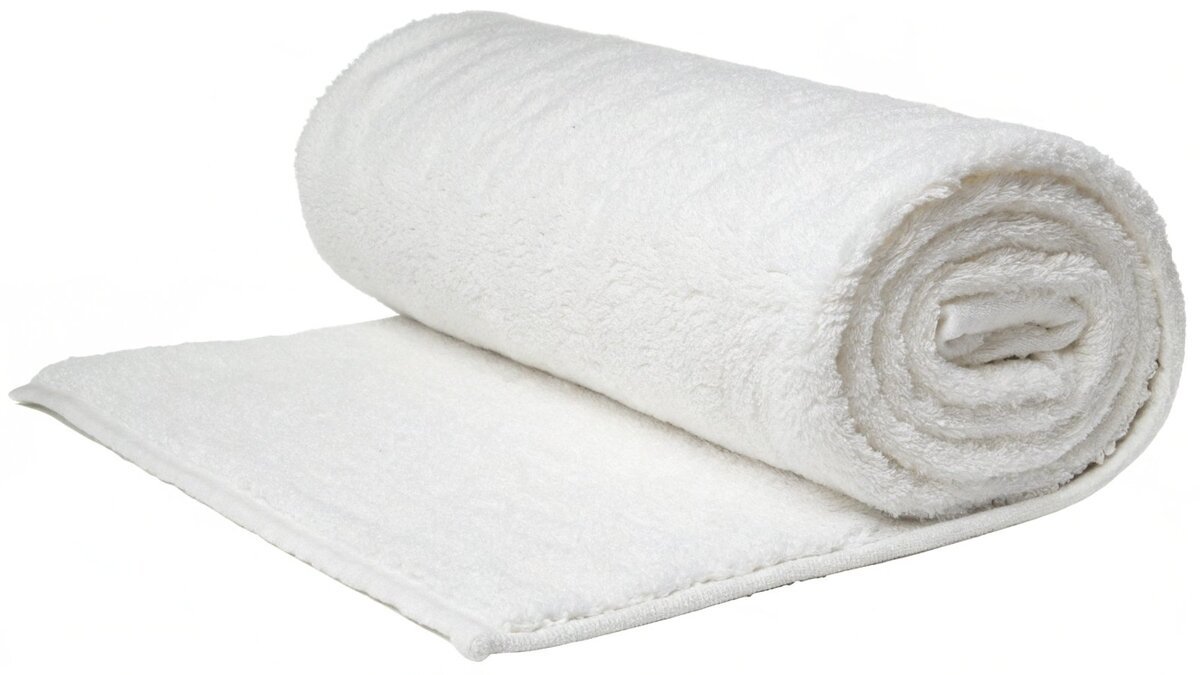leading paragraph:
Your microfiber towels are stained and no longer fresh. You need a powerful cleaning solution, but you’re worried that using bleach might completely ruin your investment in high-quality towels.
snippet paragraph:
No, you should not use chlorine bleach on microfiber towels. Bleach is a harsh chemical that breaks down the fine synthetic fibers (polyester and polyamide). This process destroys the towel’s softness, absorbency, and the electrostatic charge that makes it so effective at cleaning.
Transition Paragraph:
I get this question all the time from my clients, especially those in hospitality or auto-detailing who rely on these towels daily. They see a tough stain and immediately think of bleach as the ultimate fix. The truth is, while it might remove a stain, it will permanently damage the towel’s performance. It’s a trade-off that is never worth it. The good news is that there are much better, safer ways to get your towels clean and keep them working like new. Let’s look at what bleach actually does to the fabric and what your team should be using instead.
Does bleach damage microfiber towels?
leading paragraph:
You need to sanitize your towels to maintain professional standards. But using bleach feels like a risky move that could backfire. Are you really forced to choose between hygiene and performance?
snippet paragraph:
Yes, bleach absolutely damages microfiber towels. The chlorine actively corrodes the delicate synthetic fibers, making them brittle and stiff. This chemical reaction strips them of their natural static cling, which means they will no longer attract and hold dust, dirt, or moisture effectively.
Dive deeper Paragraph:
The damage from bleach happens at a microscopic level. I once had a client in the commercial cleaning business who couldn’t figure out why his towels were leaving streaks everywhere after just a month of use. His staff was adding a "small splash" of bleach to every load, thinking they were just keeping things sanitary. In reality, they were destroying their most important tools. Microfiber towels are made of plastics—polyester and polyamide. Chlorine bleach is a powerful oxidizer that chemically attacks these plastics, much like how harsh sunlight makes plastic lawn furniture brittle over time. This ruins the towel’s function long before you might see visible holes.
The Two Types of Damage
The performance loss is the real problem. You can have a towel that looks perfectly fine but has lost all its cleaning power. The invisible damage is what costs businesses money because the towels stop working as intended.
| Damage Type | Description |
|---|---|
| Visible Damage | This includes fading colors, yellowing of white towels, thinning fabric, and eventually, fraying or holes. It’s the damage you can see and feel. |
| Invisible Damage | This is the loss of function. The towel becomes stiff, loses its softness, stops absorbing water well, and no longer picks up dust. This damage is irreversible. |
What ruins microfiber?
leading paragraph:
Your expensive microfiber towels just aren’t working like they used to. They feel stiff and don’t absorb anything. You’re washing them, but it seems to be making the problem worse.
snippet paragraph:
The three main things that ruin microfiber towels are bleach, heat, and fabric softeners. Bleach degrades the fibers, high heat from hot water or dryers melts them, and fabric softeners clog the microscopic pores, completely destroying their ability to absorb liquids and trap dirt.
Dive deeper Paragraph:
Protecting your microfiber inventory comes down to avoiding a few common laundry mistakes. As a manufacturer, we see this all the time. Brands invest in premium towels, but their end-users unintentionally ruin them with improper care. Think of microfiber as a specialized tool; it needs the right maintenance. Heat is a major enemy because, remember, these fibers are a form of plastic. Washing in very hot water or drying on a high heat setting can cause the fibers to slightly melt and fuse together. This makes the towel feel hard and rough, and it will no longer absorb fluids. Fabric softener is just as bad. It works by coating fibers in a waxy film. On cotton, this makes it feel soft. On microfiber, this film clogs all the tiny spaces that are designed to trap dust and soak up water. A clogged towel is a useless towel.
Microfiber Care Best Practices
To make it simple, I always give my clients this easy-to-follow chart. It covers the most common mistakes and what to do instead.
| Action to Avoid | Why It Is Bad for Microfiber | What to Do Instead |
|---|---|---|
| Using Fabric Softener | Clogs the fibers, which stops them from absorbing and cleaning. | Add 1/2 cup of white vinegar to the rinse cycle instead. |
| Washing in Hot Water | Can melt or warp the delicate fibers, making them stiff and useless. | Wash in cool or warm water (under 140°F / 60°C). |
| Drying on High Heat | Permanently melts and damages fibers, leading to a loss of softness. | Tumble dry on a low or no-heat setting, or air dry. |
| Washing with Cotton | Lint from cotton and other natural fabrics gets trapped and clogs the microfiber. | Wash microfiber only with other synthetic materials or by itself. |
What does vinegar do for microfiber towels?
leading paragraph:
Your towels have become stiff, non-absorbent, and maybe even a little smelly. You’ve heard that vinegar might be a solution, but putting a salad dressing ingredient in your laundry sounds strange.
snippet paragraph:
White vinegar is an excellent tool for restoring microfiber towels. It acts as a gentle acid to dissolve and strip away detergent residue, mineral buildup from hard water, or any oily grime clogging the fibers. This process deep cleans the pores, making the towels soft and absorbent again.
Dive deeper Paragraph:
Vinegar is my number one recommendation for long-term microfiber care. It’s safe, cheap, and incredibly effective. The science is simple: vinegar is a mild acetic acid. This acid is just strong enough to break down the alkaline buildup that makes towels feel stiff and perform poorly, but it’s gentle enough that it won’t harm the synthetic polyamide and polyester fibers. Many detergents, especially powders, can leave a residue that clogs the material over time. Hard water minerals do the same. Vinegar cuts right through that buildup and rinses clean. Don’t worry about the smell; it completely disappears during the rinse and dry cycle, leaving your towels smelling fresh and neutral. At TowelTrend, we advise all our clients to incorporate a vinegar rinse into their regular wash routine to dramatically extend the life and performance of their towels.
How to Use Vinegar to Revive Your Towels
You can use it for regular maintenance or for a deep-cleaning "strip" wash.
- For a Regular Wash: Simply add about one cup of distilled white vinegar into your washing machine’s fabric softener dispenser. The machine will add it during the rinse cycle, where it will work to remove any leftover detergent and soften the towels naturally.
- For a Deep Clean: If your towels are really bad, you can pre-soak them. Fill a bucket or sink with warm water and add one part vinegar for every two parts water. Let the towels soak for at least an hour, then wash them in the machine on a normal cycle with a microfiber-safe detergent.
Can I bleach white microfiber?
leading paragraph:
Your brilliant white microfiber towels have become dingy and yellowed. It seems logical that bleach should be safe for white fabrics. After all, there is no color to strip away, right?
snippet paragraph:
No, you should never use chlorine bleach on white microfiber towels. The problem isn’t the color; it’s the fabric itself. Bleach attacks and degrades the synthetic fibers, and it will actually cause white microfiber to turn yellow over time, making the problem worse while also ruining performance.
Dive deeper Paragraph:
This is a critical point that many people miss. They assume "white" means "bleachable." But with microfiber, the material is the deciding factor, not the absence of dye. When you pour chlorine bleach on white microfiber, a chemical reaction occurs with the polymers in the fabric. This reaction not only breaks down the fibers, making them brittle and unable to clean, but it also causes them to take on a dingy, yellowish tint. This yellowing is permanent. You are using a product to whiten your towels that is actively making them look old and dirty. It’s the ultimate backfire. Instead, you should turn to safer alternatives that clean and brighten without causing this destructive chemical reaction. There are excellent products available that get the job done without destroying your investment.
Safe Whitening and Sanitizing Alternatives
If chlorine bleach is off the table, what should you use? Here are the safe and effective options.
| Method | Effect on White Microfiber | Best Used For |
|---|---|---|
| Oxygen Bleach | A non-chlorine bleach (like OxiClean) that whitens and brightens without damaging synthetic fibers. | Removing tough stains and restoring brilliant whiteness. |
| White Vinegar | Removes mineral and detergent buildup, which can cause dinginess. It softens and deodorizes. | Regular maintenance to keep towels bright and absorbent. |
| Warm Water Wash | Washing at 140°F / 60°C (if care label allows) can kill most germs and bacteria. | General sanitizing without harsh chemicals. |
Conclusion
To put it simply, bleaching microfiber towels is a fast way to ruin them. Use white vinegar for buildup and an oxygen-based bleach for stains to keep them effective.

